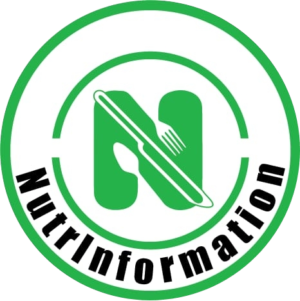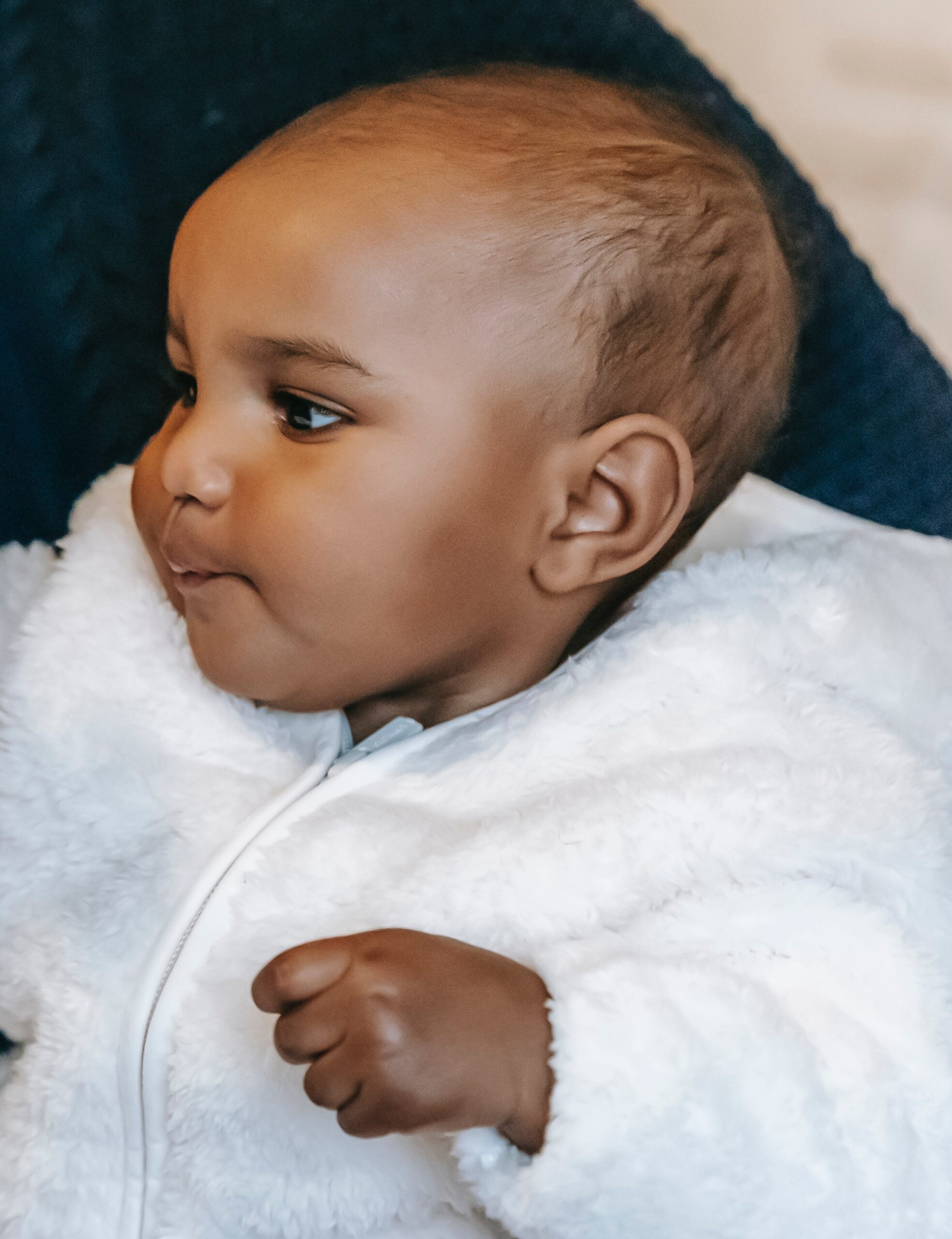BOTTLE FEEDING AND EAR INFECTION
Bottle feeding is mostly used as an alternative to breastfeeding. It is convenient and is less messy. However, most people do not realize that the bottle can be a disaster waiting to happen.
Ear infection is common in children between 3 months and 3 years. But it can also occur in older children. The ear has three parts. The outer, the middle, and the inner ear. The middle ear has a canal called the Eustachian tube. This tube connects to the top part of the throat and the back of the nose. The Eustachian tube balances the pressure in the middle ear. Which ensures proper functioning of the ear.
Causes of ear infection
Ear infection is caused by bacteria and viruses in the upper respiratory tract. Normally, it occurs as a complication from a cold, nose, or throat infection. But sometimes ear infections could be a result of poor feeding habits.
The Eustachian tube also keeps the middle ear free from any fluid. If fluid enters the middle ear, it causes an infection in the ear. In children, the Eustachian tube is horizontally placed. This makes it easier for the feed to enter the ears. It is also narrower than in adults making it difficult for the fluid to drain out. As a result, children are more at risk of getting ear infections.
Connection between bottle feeding and ear infection
The Eustachian tube normally is closed. It only opens up briefly when chewing, swallowing, or yawning. The sucking-swallowing and breathing patterns between breastfeeding and bottle feeding are different.
When breastfeeding, the baby has a firm tongue to palate swallow. This creates positive pressure. Preventing the possibility of milk entering the Eustachian tube. This swallowing occurs whether the baby breastfeeds at a sitting position or while lying down. However, feeding on a bottle creates negative pressure. It also reduces Muscle contraction, resulting in sagging of the soft palate. This allows milk to enter into the Eustachian tube. Bottle-fed children also easily pool milk in their mouths. This increases the risk of feed going into the ear.
Once the feed enters the Eustachian tube, it is transported into the middle ear. This causes an accumulation of fluid in the middle ear resulting in an ear infection. In serious cases, your child’s Eustachian tube could be swollen or blocked. Trapping fluid in the middle ear. This may interfere with their hearing and ability to learn languages.
Bottle feeding vs. Infant Immunity
Research shows that bottle-fed children are at higher risk of ear infection than breastfed children. This is because ear infection is mostly a secondary infection. It occurs after your baby has had a cold, congestion of the respiratory tract, or an infection of the nose or sinuses. S. pneumoniae bacteria and H. influenzae virus are common causes of respiratory diseases. Breastmilk boosts the infants’ immunity against these bacteria. Therefore your baby will not easily get these diseases. As a result, it lowers their risk of getting an ear infection. Breastfeeding also provides good bacteria (Probiotics) to your baby. These bacteria protect your baby from harmful bacteria that could cause ear infection
Good feeding habits to prevent ear infection
- Exclusively breastfeed your child. Breastfeeding not only boosts immunity, it is also the safest way to feed your baby.
- If you MUST bottle feed. Hold your baby in a sitting position while feeding. Feeding in the horizontal position increases the risk of feed flowing into the Eustachian tube.
- Do not put the baby to bed with a bottle. In addition to chocking, the milk/feed may be sucked into the Eustachian tube
- Do not allow the baby to bottle feed themselves. Work towards weaning the baby to a cup by 9 months. Breastfed children may not need to use a bottle/sippy cup. Just introduce an open cup during weaning.
- Do not encourage the use of pacifiers or sucking of toys or thumbs. They have the same effect as sucking from a bottle.


Thanks for the info mama. You are doing great work
Thank you Jackie.
Wow, this is so informative. Thank you
Karibu Maria.
Am just reading this today. So informative. Asante sana.
Dear Marion, you can read other posts. We are sure you will learn much. And don’t forget to share with your community. Knowledge is power!